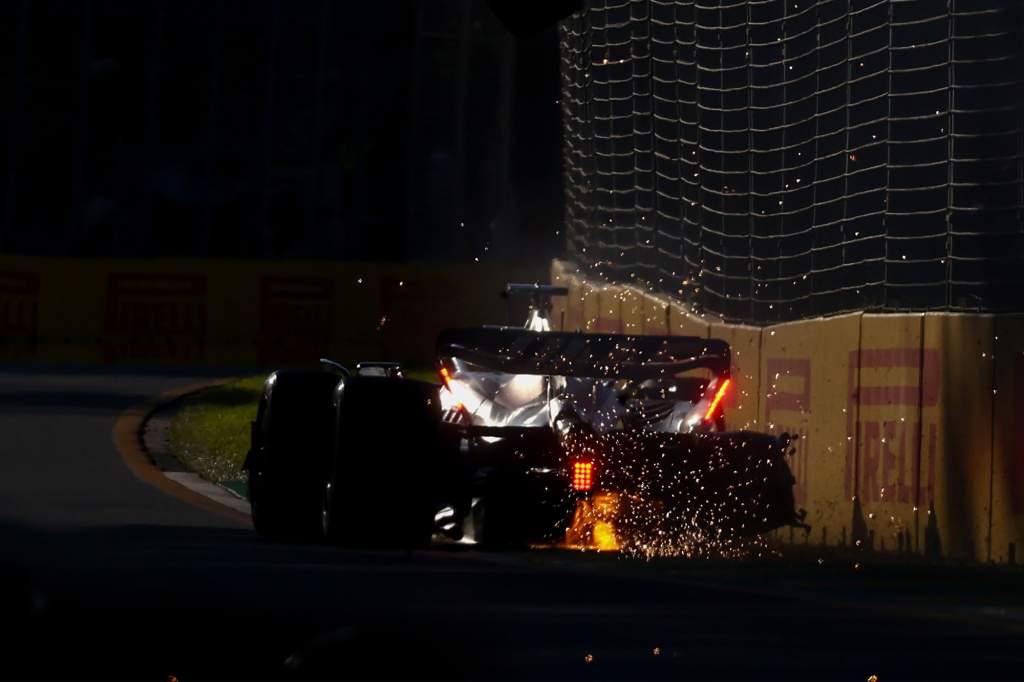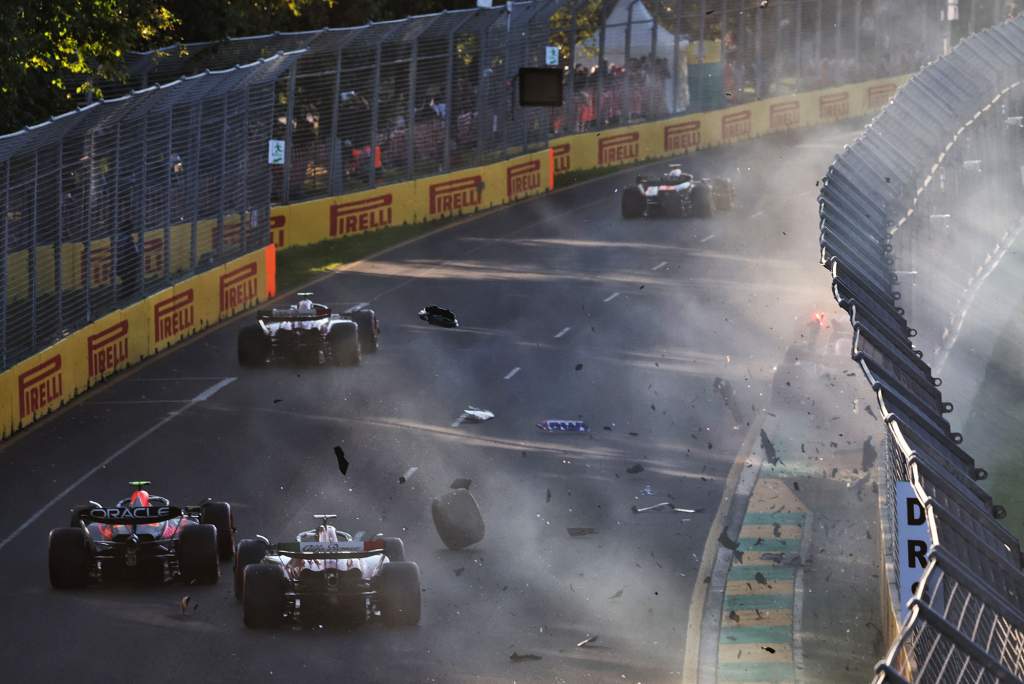Up Next

Australian Grand Prix winner Max Verstappen said the Formula 1 officials’ red flag decisions turned the race into “a bit of a mess” and directly led to the crashes at the final standing restart.
A frenetic Melbourne race featured three red flags, the second of which instantly caused surprise and confusion among the drivers.
Kevin Magnussen hit the wall at the exit of Turn 2 and pulled his stricken Haas off to the side of the circuit a couple of corners later, initially necessitating a safety car which quickly turned into a red flag with four laps to go.

This set up what was intended to be a two-lap restart at the end of the race but that was thwarted by a chaotic string of incidents at Turns 1/2 on the first lap of the restart.
Verstappen was critical of the decision to throw the second red flag and says the drivers will discuss the decision with the FIA at the next race, the Azerbaijan Grand Prix in late April.
“Of course, very happy to win the race but I think the race itself towards the end was a bit of a mess with all the calls,” Verstappen said.
“I don’t think we needed that second red flag, I think that could have been done with a virtual safety car or a safety car at worst.
“We’ll talk about it, I think it left a lot of drivers confused about why we needed a red flag. We’ll talk in Baku.”
Verstappen believes the decision to red flag the race and use a standing restart – in a similar manner to the late dash at the 2021 Azerbaijan Grand Prix after Verstappen’s tyre failure there – unnecessarily created the chaos at the end.
“I just didn’t understand why we needed a red flag,” he continued.
“I think if we would have had a safety car and then just have a normal rolling start, we wouldn’t have had all these shunts. And then you have a normal finish.
“So they created the problems themselves.”
Third place finisher Fernando Alonso’s surprise wasn’t limited to the second red flag as he was surprised by all its uses during the race.
The first was triggered by Alex Albon crashing his Williams at Turn 6 while the third and final red flag was deployed in response to the multiple crashes on the penultimate lap restart.

“I was surprised with all the red flags to be honest,” Alonso said.
“The first one I think was a Williams in Turn 6, but we went through there one lap I think behind the safety car and yeah it was a bit of gravel, but nothing really too bad on track.
“But we never know if the car was going on the track itself. So apparently maybe one barrier was not properly fit there. So I think the FIA has more information than us. So if there is a red flag, it has to be for that reason.
“We will ask probably in Baku what was the reason for the second. I know there was a piece of tyre debris in the straight. But the car itself, it was like in the inside of Turn 4 so felt safe there and the safety car is for those kind of reasons.
“For us, maybe it was a different opinion but as I said the FIA are the only ones that have all the cards in the table.
“So on those kinds of situations, we trust them and we try to keep on going.”

Grand Prix Drivers’ Association director George Russell was also unimpressed by the first red flag for Albon’s crash.
It cost him dearly as he pitted from the lead during the safety car that was called initially and dropped to seventh, but he also felt it was part of a trend of needless race interruptions.
“I thought the red flag was totally unnecessary,” Russell said when asked by The Race, speaking before the later incidents unfolded.
“There was obviously quite a lot of gravel on the track on the racing line. We’ve seen it far worse in the past.
“It was reminiscent of the decision last week in Saudi when the safety car came out when the car [Lance Stroll’s Aston Martin] was totally off the track.
“I don’t really know what’s going on with some of the decisions at the moment.
“We’re all trying to work together with the FIA to improve things but it’s seemingly a bit of a challenge.”




